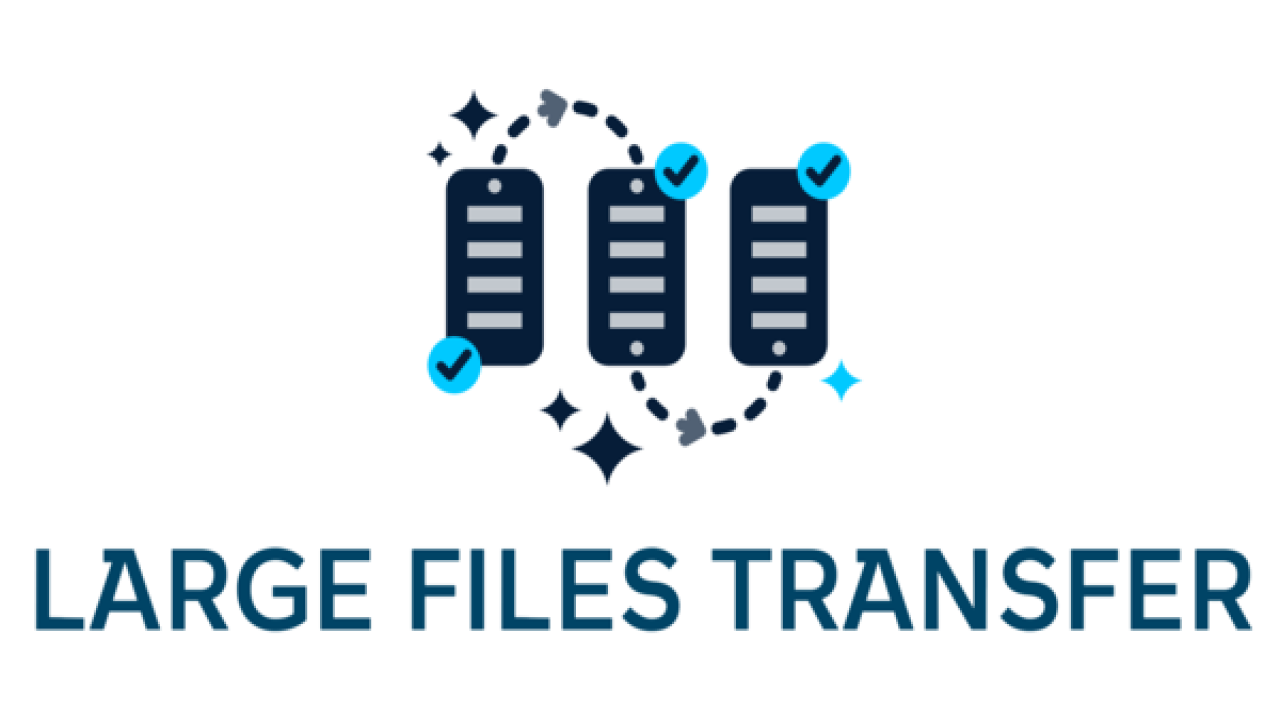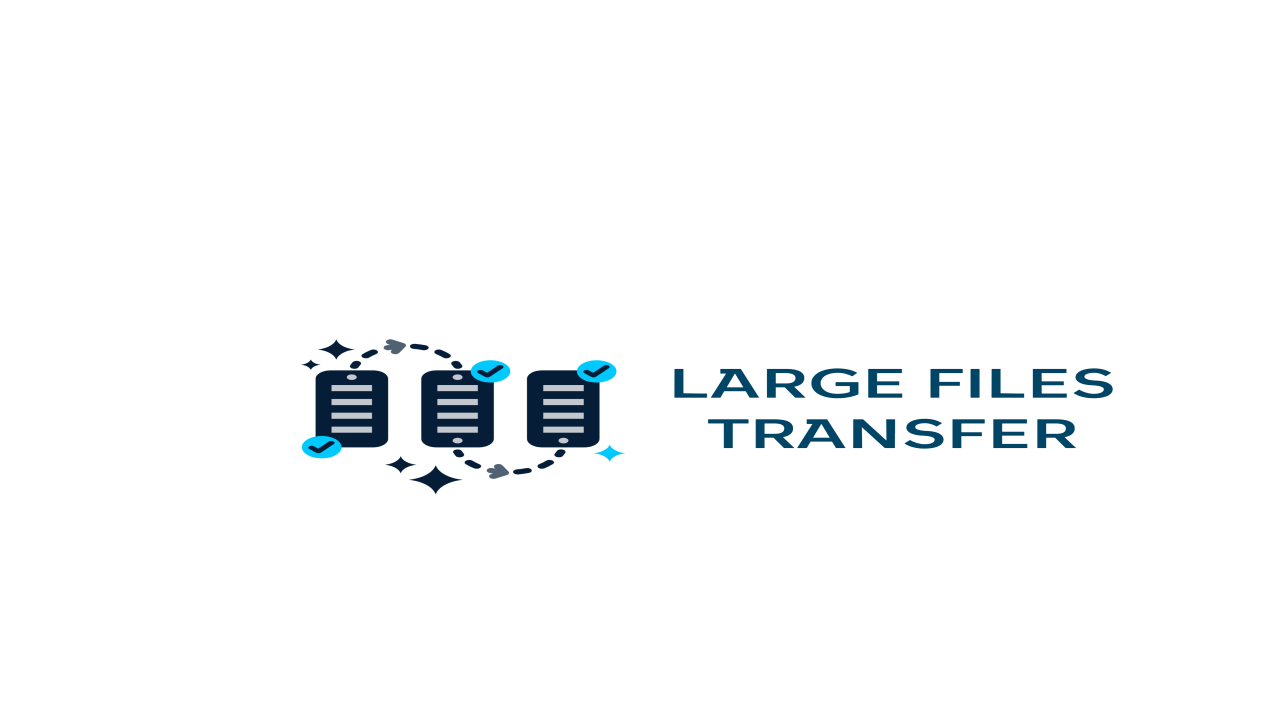Safeguarding Financial Transactions: Best Practices for Securely Transferring Financial Data
In today's digital economy, the secure transfer of financial data is paramount for businesses, financial institutions, and consumers alike. With cyber threats on the rise, protecting sensitive financial information from unauthorized access, interception, or manipulation is essential to maintain trust, integrity, and regulatory compliance. Whether conducting online transactions, sharing financial reports, or processing payment data, adhering to best practices for securely transferring financial data is crucial. In this article, we'll explore key strategies and best practices to ensure the secure transfer of financial data, safeguarding against potential threats and vulnerabilities.
1. Utilize Secure Communication Channels: When transferring financial data, utilize secure communication channels and protocols to protect data integrity and confidentiality. Implement encryption technologies such as SSL/TLS (Secure Sockets Layer/Transport Layer Security) to establish secure connections between servers and clients, ensuring encrypted transmission of sensitive data over networks.
2. Implement Strong Authentication Mechanisms: Implement strong authentication mechanisms to verify the identities of users and prevent unauthorized access to financial data. Utilize multi-factor authentication (MFA) or biometric authentication methods to augment traditional username and password credentials, adding an extra layer of security to user accounts and transactions.
3. Employ End-to-End Encryption: Employ end-to-end encryption to protect financial data throughout the entire transfer process, from sender to recipient. By encrypting data at the source and decrypting it only at the intended destination, end-to-end encryption ensures that sensitive information remains secure and inaccessible to unauthorized parties, even if intercepted during transit.
4. Regularly Update and Patch Systems: Regularly update and patch software systems, applications, and network infrastructure to address security vulnerabilities and mitigate the risk of exploitation. Stay informed about security updates and patches released by software vendors and promptly apply them to ensure the integrity and resilience of systems handling financial data.
5. Implement Access Controls and Authorization Policies: Implement access controls and authorization policies to restrict access to financial data based on user roles and permissions. Utilize role-based access control (RBAC) mechanisms to define granular access rights and privileges, ensuring that only authorized individuals can view, modify, or transmit sensitive financial information.
6. Monitor and Audit Data Transfers: Implement monitoring and auditing mechanisms to track data transfers and detect anomalous or suspicious activities in real-time. Utilize security information and event management (SIEM) systems, intrusion detection/prevention systems (IDS/IPS), and file integrity monitoring (FIM) solutions to monitor network traffic, analyze logs, and identify potential security incidents.
7. Conduct Regular Security Training and Awareness Programs: Conduct regular security training and awareness programs to educate employees, partners, and stakeholders about the importance of secure data transfer practices and the risks associated with mishandling financial information. Raise awareness about phishing scams, social engineering tactics, and other cyber threats targeting financial data.
8. Secure Data Storage and Backup: Ensure the secure storage and backup of financial data to protect against data loss, corruption, or unauthorized access. Utilize encryption, access controls, and secure backup solutions to safeguard financial information stored on servers, databases, or cloud platforms, and implement robust disaster recovery strategies to mitigate the impact of potential security incidents.
Conclusion: Securely transferring financial data is essential to protect against data breaches, fraud, and financial loss. By following best practices such as utilizing secure communication channels, implementing strong authentication mechanisms, employing end-to-end encryption, regularly updating systems, implementing access controls, monitoring data transfers, conducting security training, and securing data storage and backup, organizations can mitigate the risk of security incidents and maintain compliance with regulatory requirements. Prioritize the security of financial data to safeguard the trust and confidence of customers, partners, and stakeholders and uphold the integrity of financial transactions in an increasingly interconnected digital world.






Comments (0)